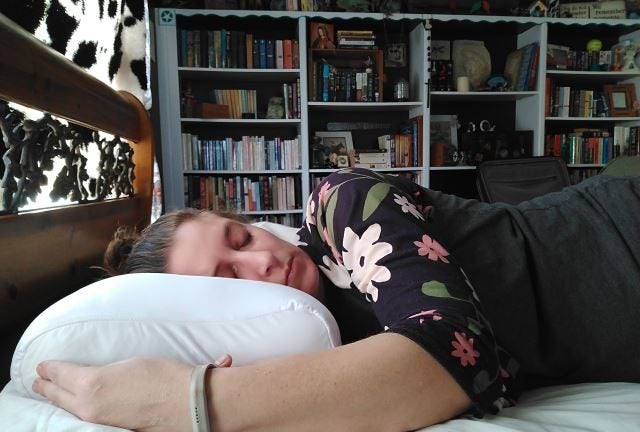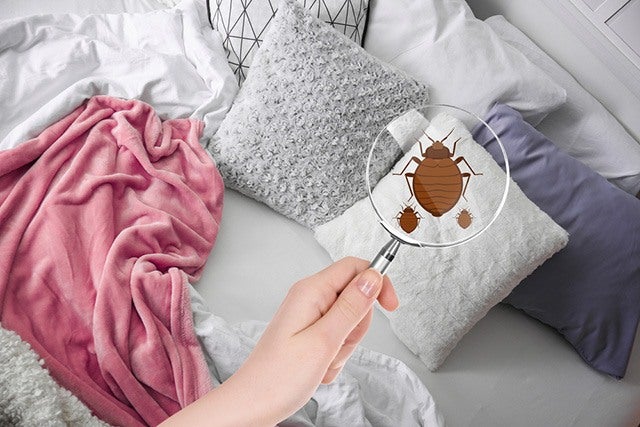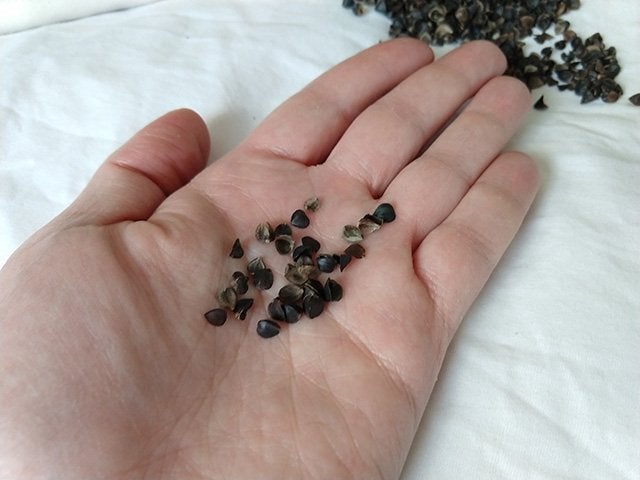Buckwheat pillows, also known as Sobakawa pillows, have become a popular sleep product over the last few decades with multiple companies creating variances in casing and pillow sizes to meet a wider variety of consumer needs. If you have ever been on the hunt for the perfect pillow or suffer from headaches, neck pain, or snoring and have looked for sleep aides- chances are, you have come across a buckwheat pillow as a possible sleep comfort solution.
Rumor has it, however, that buckwheat pillows attract bugs, and pictures of tiny crawling beetles on pillows, and allergic reactions to dust mites have surfaced on the internet claiming the pillow is to blame. Not to down play these claims, but the odds of your pillow attracting any sort of creepy crawly is next to nothing. The variables that may have created the situations as described above most likely have less to do with attraction, and more to do with poor storage, quality control, and plain old cheap product choices- as I’ll explain below.
What is a Buckwheat?
Buckwheat is a native grain like seed found in Asia. Despite it looking like a grain, it is actually a small fruit, and is harvested and used in animal fodder, as well as ground to make a flour for baking and cooking with. Its uses are many and because of this, it is now grown in areas across not only Asia, but also North and South America.
As with any plant, some people may have allergic reactions. Although buckwheat is considered fairly low on the totem pole of allergy issues, it doesn’t mean they don’t exist. And if you have any sort of sensitivities to food plants, you may want to check with your doctor before the purchase of a pillow of this sort. Rashes that claim to appear due to a buckwheat pillow are probably due to some other outside influence otherwise.
What is a Buckwheat Pillow?

A buckwheat pillow is actually a casing filled with the hulls of the buckwheat seed. These are cup shaped, triangular brown casings that provide a firm surface with a gentle give. Because the inside of the pillow is made up of literally tens of thousands of these, they shape and contour to your head and neck, and help hold you in proper spinal alignment through the night.
Before being used in a pillow, these hulls go through a vacuum process and to remove any trace of debris, dirt, or flour from the seed. They may also go through a wash of sorts as well. This is to ensure that any sort of foreign objects or allergens are removed before use, since most companies do claim they are hypoallergenic in nature (although see note above concerning this).
Why Would I Want a Buckwheat Pillow?
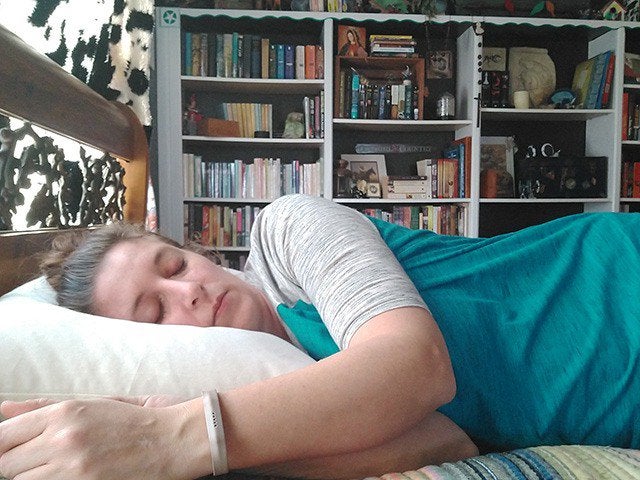
Buckwheat pillows are popular with back and side sleeper, as well as many stomach sleepers, due to how well it holds your head and neck in proper cervical position. The hulls provide a compressing give under your weight, but stay in the shape you form them in without shifting. These make them ideal for those who suffer from neck stress and back pain, and also can help with headaches and migraines, as well as snoring caused by poor positioning.
Our own reviews of these pillows at The Sleep Judge indicate that the claims surrounding the comfort and therapeutic effects are, in fact, worthy of recognition. Despite their uniqueness, and that they may take some getting used to, they are a popular choice for many people who need unwavering support for injury rehabilitation, and other neck and back stressors. We found them surprisingly comfortable and worth taking a closer look at as an aide for a good night’s sleep.
Does Buckwheat Attract Bugs?
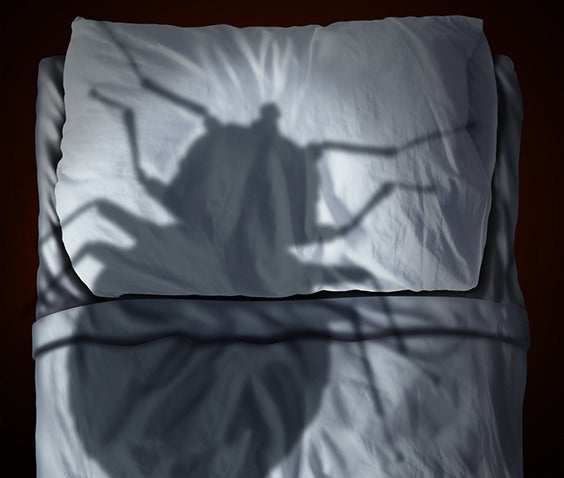
Buckwheat seeds, like any true fruit, is perishable over time despite drying to a harder nut like grain. These have the ability to attract insects as well as mold and bacteria, but they are not used within buckwheat pillows. The cleaned, vacuumed hulls do not provide any nutritional value so they are not attractive to bugs. Plus, the airflow the shapes of the hulls allow actually a deterrent to dust mites as they prefer stable, dark environments.
Will my Buckwheat Pillow Have Bugs?
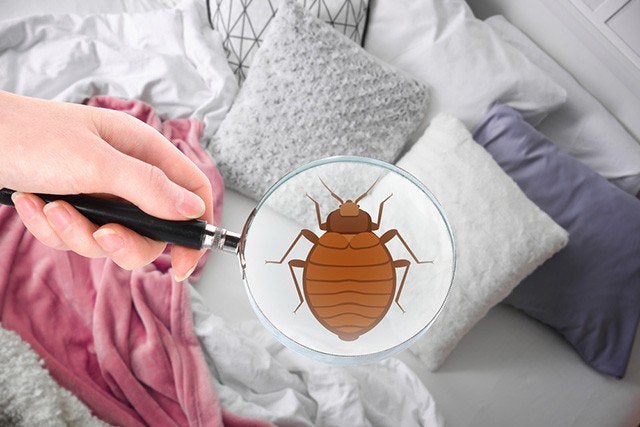
Cheap, low quality pillows may contain incompletely cleaned buckwheat, which has the ability to attract bugs, but companies that disclose their buckwheat sources and other materials are considered high quality. Poorly stored pillows could also be exposed to allergens or insects, as can any poorly contained products.
Again, companies that take pride in their product do not have these issues, and technically the pillow will not have attracted any issues that may arise as they would be due to quality control, rather than the pillow materials themselves. Most companies also used more local, organically sourced harvests, meaning no pesticides or other chemicals are used in the growing of the seed. Once cleaned, this provides you with a hypoallergenic product. 100% cotton, or other natural fibers are almost always used in the casing covers to provide airflow properties and durability as well.
Conclusion
If you have held off on your interest of a buckwheat pillow due to rumors of bugs or allergies, you can put your fears to rest as true, quality buckwheat pillows are well sourced and constructed. Issues that may have arisen in the past with pillows, if true, are mainly caused by poor quality checks and storage. These worries shouldn’t drive your decision to invest in a buckwheat pillow or take advantage of all they have to offer. If you have considered one of these pillows we highly recommend it!
